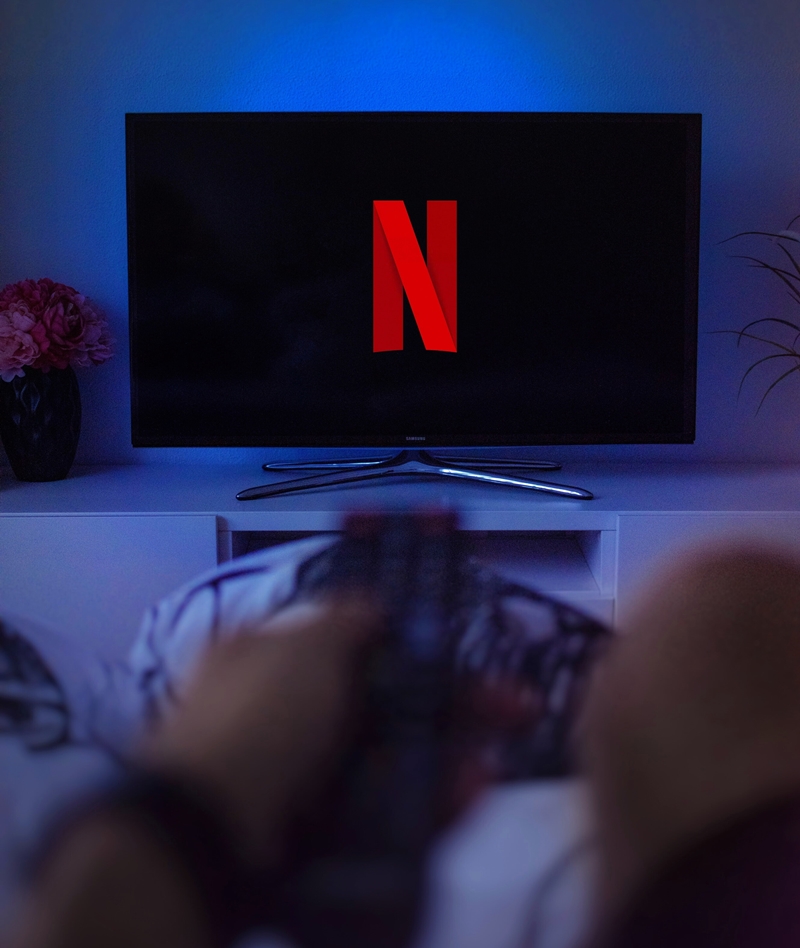A decade ago what was called as parallel cinema has now become mainstream, whereas theblockbuster heroic movies are losing their popularity.
Nikhil Banerjee
Cinema narrates stories through the medium of audio visual images. Indian Cinema, since the time of its inception, has followed the conventional way of storytelling. Now it is experimenting with variegated ways in narrating stories. From linear storytelling methods to parallel stories, and alternate ending to the stories; it has entered into the space of web series and web movies. The experiments in Indian film world has come a long way; and is still very dynamic.
Since 2016, with the advent of Netflix and other online platforms for streaming films andvideos, there have been many changes and accompaniments, such as, content, portrayal of characters, and the topics discussed in these films.These have changed theperspective of the audience as well as the way in which the audience have been enjoying andcritiquing the films.
OTT (Over The Top) services are becoming a trend these days; offering direct streaming services to its viewers worldwide. Popular platforms of this service being Netflix and Amazon Prime worldwide, the scenario in India is quite different. According to a report released byCounterpoint Research in 2017, the most popular domestic streaming platform in India is Hotstar, followed by Alt Balaji and Voot and Global platforms like Prime comes first and followed by Netflix. These figures have not changed since the last two years, The popularity of OTTplatforms is slowly rising with the streaming of local platforms such as ALTBalaji, Voot andSonyLIV, giving direct competition to foreign but popular platforms such as Prime Video andNetflix.
The new trend of releasing theatrical movies on OTT platforms is a significant sign of largergrowth of OTT in the country. Theatrical movies made in the most prominent languages were released in OTT platforms before releasing in theatres, for example,Sufiyum Sujathayum from Malayalam Industry, Gulabo Sitabo from Bollywood, Penguin from Tamil, etc. were some of the first Indian direct OTT releases.
With the increasing options and choices for the streaming contents and platforms, thecompetition among platforms has increased. In order to attract the audience, the platforms areinvesting in originals and trying to buy theatrical movies for OTT release. The success ofNetflix’s Sacred Games and Ghoul, Prime Video’s The Family Man and Hotstar’s AIB On Airand Sarabhai Vs Sarabhai proved the original series to be a successful working formula.
One of the major factors of the popularity of the certain local OTT platforms when compared tothe international platforms such as Amazon Prime and Netflix is that these platforms areavailable to the audience with paid annual or monthly subscription, whereas most of the localOTT platforms are available free of cost, thus increasing their popularity and demand. With theavailability and affordable of data, the consumption of digital media has increased in the country, says the report published by Boston Consulting Group (BCG)-Confederation of Indian Industry.
Despite the fact that the number of OTT platforms and original content are increasing day byday in the country, the studies available on the topic is meagre compared to the global level. SlowlyIndian urban audiences are slipping away from DTH to OTT services. Majority of thetelevision channels in India have their OTT platform setup and the cost of OTT platforms arecomparatively less when compared to the total cost of DTH. After the introduction of “pay perchannel” DTH costs have also gone high. And the main negative aspect of DTH is that there areadvertisements in between that distracts the viewers. But in comparison the same channels’ OTTPlatforms are add free and cost-effective; Xtrem by Airtel and Jio Tv can be examples as theseplatforms provide free membership for their viewers.Entertainment industry’s success depends on the taste of itsconsumers. When considering changes and movements in the field of cinema, it is easily noticeable that they happened because of the changes in people’sperception of art and taste for films. A decade ago what was called as parallel cinema has now become mainstream, whereas theblockbuster heroic movies are losing their popularity.
Usual” Bollywood romances” are getting replaced by new themes and portrayals ofrealistic relationships. The teleserialindustry in India evolved from MythologyRamayan(1987) andMahabharath(1988) to HumLog(1984), first serial drama in the country, to Saas-Bahu shows in the recent past because ofthe change in taste and demand of the audiences.
However,there is also a commercial aspect to it; without whichthe there won’t be any funding. This is the same case with OTT platforms both indigenous and international ones. Amazon’s first Indian originals series “Breathe” starring the well-known actor Madhavan was dubbed into three other regional languages and also in English. It’s the same with Netflix, when Sacred Games(2018) was originally made in Hindi there was also an audio track available in English. This is done to cater to a wide variety of audiences.
∎